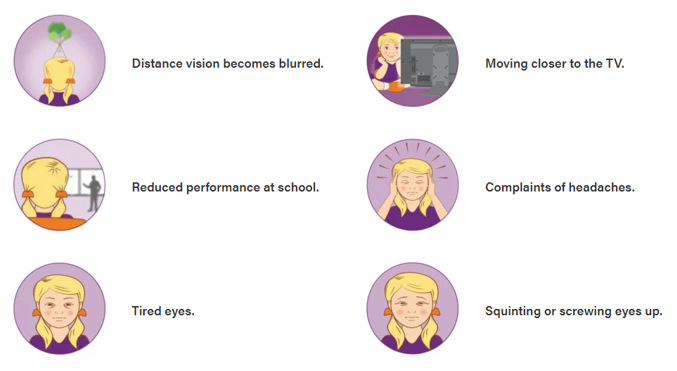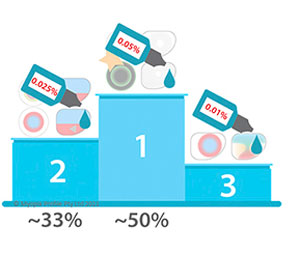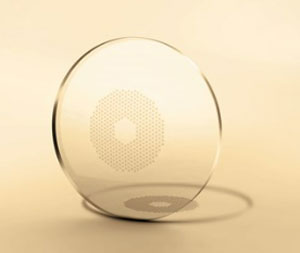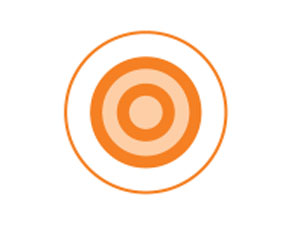Myopia Control
What is Myopia?
Myopia (Short-sightedness) is a vision condition in which you can see objects near to you clearly, but objects further away are blurry. It occurs when the shape of cornea is steeper and/or the size of the eyeball is growing larger than 2.2cm. This causes the light rays to bend (refract) incorrectly, focusing images in front of your retina instead of on your retina.
Signs and symptoms to look out for

Who is likely to develop Myopia?
The key factors in assessing Myopia are:
- Age: Where a rate in myopia progression is more common in younger patients.
- Ethnicity: Where the prevalence of myopia is more common in East Asians than Caucasians.
- Family History Of Myopia: It has been documented that if:
1 parent is myopic, the risk of the child becoming myopic increases 3 times.
Both parents are myopic, the risk of the child becoming myopic increases 6 times.
- Lifestyle: Reduced outdoor activity (<1hr per day)
- Prolonged near tasks: Reading, gaming, devices at closer than normal tasks and in reduced lighting.
How is Myopia corrected?
The traditional correction of Myopia is prescribing single vision lenses. These lenses focus light on the retina providing clear central vision.
With research, we have learnt that these glasses also change the peripheral focus of light behind the retina, forcing the eyeball to enlarge.
The next concept of myopia correction involved bifocal and multifocal lenses. Over the years, this was only proven be effective by 20%.
The latest research has outlined 4 main correction techniques proven to be almost equally effective in the treatment of myopia and reducing progression by up to 50%.
The peripheral rays focus behind the eyeball forcing the eyeball to grow to that point and having the central light fall short again.

ATROPINE
Low dose atropine eye drops are used in combination with spectacles to relax the accommodative function of the eye. This is used to reduce of the stress effect in the eye and aid in reducing the growth of the eyeball.
The Optometrist will decide on the concentration suitable.
The eye drops are used before bedtime every night.
The side effects are minimal and usually do not effect patients.
The period of treatment is set for 2 years with a washout period of 6 months.
The cost of the eye drops is approximately $25 per bottle per month.

MYOSMART
MYOSMART lenses are a new innovative breakthrough in myopia control.
They are typically no different to wearing any other glasses.
The process is non-invasive and traditionally accepted by most patients/parents.
The design utilises a central clear zone (9mm) with a peripheral design purposely blurring 33% of vision to control the focus of light in the peripheral retina and assist in minimising the progression of myopia by up to 60%.
The cost of the lenses is approximately $700

MISIGHT
MISIGHT contact lenses are a soft daily disposable contact lens.
Like the MYOSMART lens, they utilise different prescription zones in the lens to defocus peripheral vision to aid in limiting eyeball growth.
This mode of correction can be used in addition/instead of glasses in instances of playing sports or socialising.
The cost of these lenses are approximately $320 for constant 3 month usage supply.
Ortho Keratology
Ortho Keratology refers to the use of a rigid contact lens to reshape the cornea.
The concept of reshaping is similar to that in the MYOSMART and MISIGHT lenses. Where the central and peripheral light entering the eye is focussed on the retina to reduce elongation of the eyeball and help reduce myopia progression by up to 60%.
The cost of the fitting and delivery of these lenses is approximately $1250.